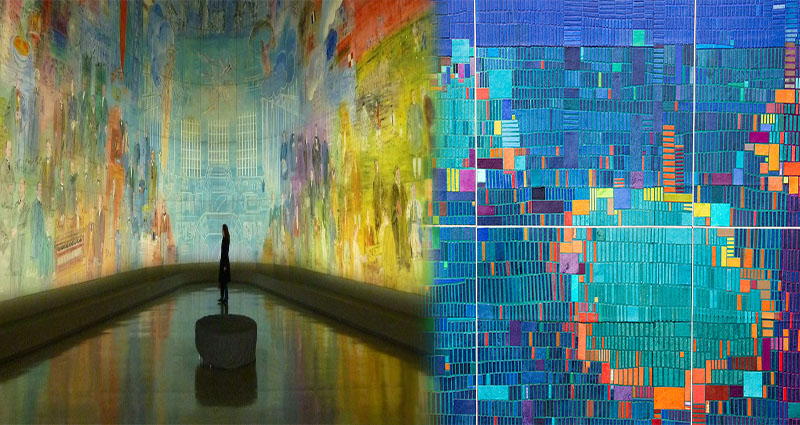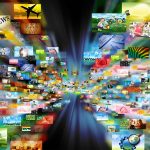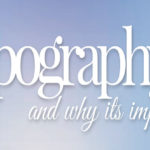Data visualization is a field that’s gaining momentum as more companies and individuals recognize how valuable data can be. Data scientists are increasingly being tasked with creating beautiful visualizations that bring abstract datasets to life. The result is often stunning: beautiful, engaging and informative artworks made out of data points.
An explosion of beautiful data visualization
Data visualizations are becoming more common. In fact, data visualization is a growing field and it’s being used in many different industries to display all kinds of data. The following examples show how beautiful artwork can be created from complex data sets:
- The above image was created by artist [Gregor Aisch](https://www.behance.net/gregor_aisch) using real-time flight information from Twitter and Instagram posts tagged #NYCairports during Hurricane Sandy in 2012. By mapping this information onto a 3D model of JFK airport, he created an explosive representation of social media activity during one of New York City’s worst disasters ever!
What is data visualization?
Data visualization is a way to present data in a way that makes it easier to understand. Data visualization can be used to show trends, patterns, and relationships. Data visualizations can also be used to make predictions and communicate information.
This is a great example of how you can use data points to create beautiful artwork!
The field of data visualization is growing rapidly
Data visualization is a growing field. The term “data visualization” was first used in the 1990s and has since become more common, with many different definitions and interpretations. Data visualization is often considered to be a combination of art and science, but there are also other ways to define it: as a new way to communicate information; as a new way to tell stories; or even as a tool for problem solving.
Data visualizations can be useful and engaging
Data visualizations are a great way to make sense of data, whether it’s a collection of numbers or complex processes. They can also be very engaging and fun to look at and interact with. Data visualizations are used to communicate information, tell stories and help people learn how things work.
Data visualization can also be art
Data visualization is a form of art. It’s also a way to communicate data, but if you’re looking for information, you might be disappointed. If, however, you want to see how your data can be put together in creative ways and presented visually, then this may be right up your alley!
Data visualization isn’t just about charts and graphs; it can also include illustrations or other types of artwork that use numbers as their basis. Data artists often use tools like Processing (a programming language) or GIS software (geographic information systems). These tools allow them to create interactive visualizations that tell stories based on real data points taken from specific places around the world–and we love it because they’re so beautiful!
Sometimes the art comes first, then the data science follows
Sometimes, the art comes first.
Data artists use data to create beautiful and informative visualizations. They can use any type of data–from social networks to weather patterns–to create their art. When you look at these visualizations, you might see something familiar: they look like paintings! Artists have been using paint and canvas for centuries as a way of communicating ideas and emotions through images; now we’re doing it digitally with computers instead of brushes (or even pens).
Here’s how it works: an artist creates an image using various shapes that represent different aspects of what he or she wants us viewers/readers/listeners/players/gamers etc., to understand about his or her subject matter (in this case “data”). Then he or she uses software programs designed specifically for creating visualizations based on those shapes’ attributes such as color saturation level (how bright each pixel should appear) etc., which makes everything easier because then I don’t have worry about whether my painting looks good enough yet – just give me some time until I figure out what exactly needs improvement before moving forward into production phase where final touches will be added onto existing pieces so they become ready-made products ready for sale.”
Data visualizations can be both beautiful and informative.
Data visualizations can be both beautiful and informative.
Data visualizations are a form of art, but they’re also useful tools for understanding data. They allow us to see patterns in the numbers that would otherwise be invisible. The best part is that anyone can learn how to make them!
Data visualizations can be both beautiful and informative. They are a great way to communicate data, but they also have the potential to be art. The field of data visualization is growing rapidly and it’s exciting to see how the different approaches from different designers will shape our future world











